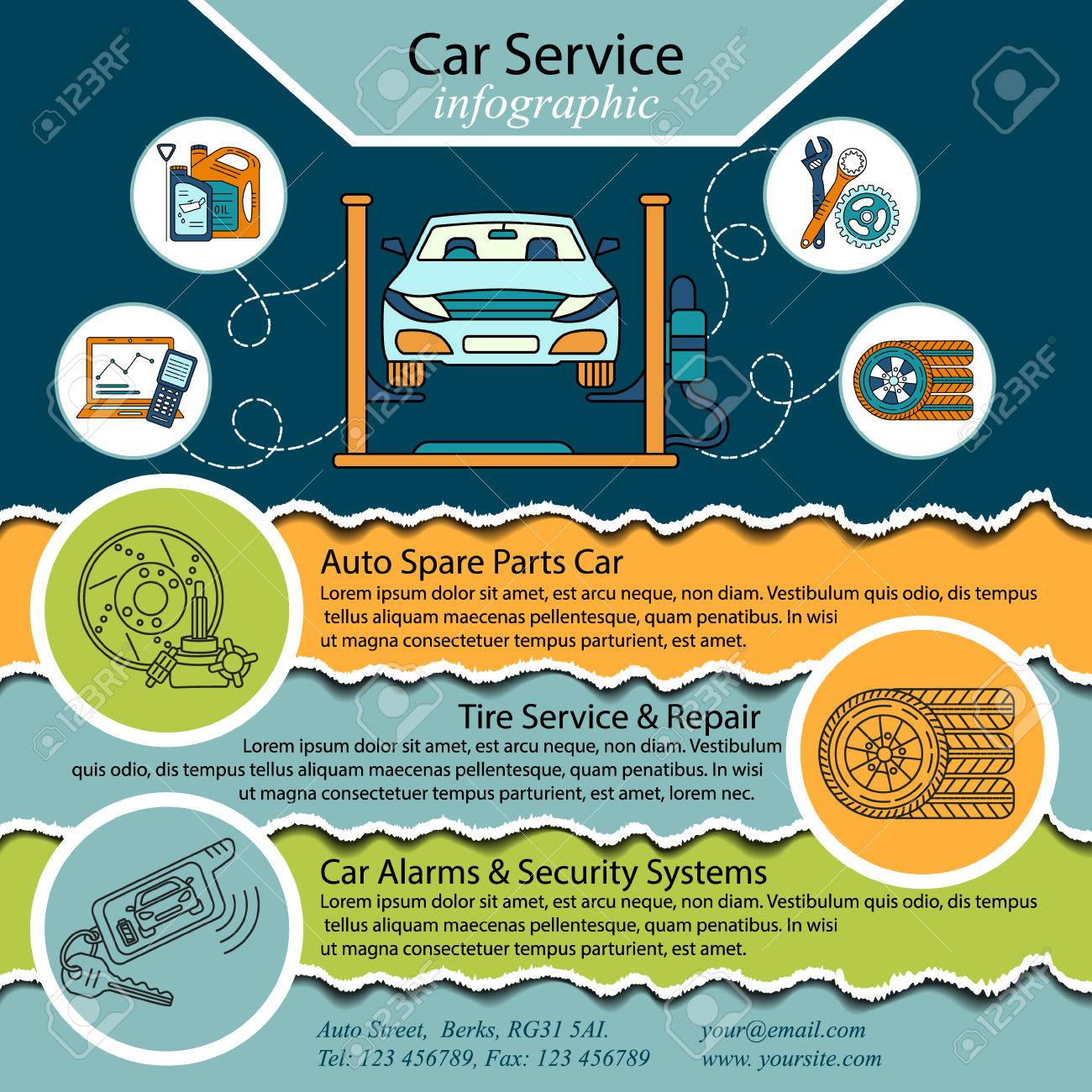Open The Hood To Identify Common Brake System Challenges And Their Treatments
Open The Hood To Identify Common Brake System Challenges And Their Treatments
Blog Article
https://paxtonoidxr.blog2freedom.com/29883274/the-developments-in-automobile-repair-service-technical-patterns-and-the-care-of-electric-vehicles -Prater Dean
When it concerns your automobile's brake system, comprehending typical issues can save you from potential safety threats. From recognizing brake pad wear to attending to brake liquid leakages, recognizing how to deal with these issues is crucial. But what about those mushy brake pedals? There's a fix for that also. Stay tuned to learn more about these issues and the useful services that can keep you safely when driving.
Brake Pad Put On and Substitute
When it pertains to maintaining your automobile's brake system, one essential facet to keep an eye on is the wear and substitute of brake pads. Brake pads are essential elements that push against the brake blades to decrease or stop your car. Gradually, these pads wear down as a result of friction, requiring regular assessment and replacement to guarantee your brakes function successfully.
To figure out if https://ecutuninggroup38271.creacionblog.com/29749529/check-out-the-developing-landscape-of-automobile-maintenance-in-the-age-of-electrification need substitute, pay attention for screeching or grinding sounds when you use the brakes. Furthermore, if your automobile takes longer to stop or you discover vibrations or pulsations when braking, it might be time to change the brake pads.
Ignoring worn brake pads can lead to lowered stopping performance, damage to various other brake components, or perhaps brake failure.
Replacing brake pads is a fairly uncomplicated process for many vehicles. Nevertheless, if you're unclear or uneasy doing this task, it's best to consult an expert technician to make sure appropriate installment and optimal brake efficiency.
On a regular basis checking and changing brake pads is vital for your safety and the long life of your automobile's braking system.
Brake Fluid Leaks and Upkeep
To ensure your automobile's brake system works optimally, it is very important to likewise focus on brake fluid leakages and upkeep. Brake fluid is crucial for transmitting the force from your foot on the brake pedal to the real stopping mechanism. https://brakeservice84950.dgbloggers.com/30253387/perplexed-concerning-selecting-the-perfect-auto-service-center-dive-into-essential-pointers-for-vetting-regional-technicians-to-ensure-your-automobile-is-in-trustworthy-hands with brake liquid is leaks, which can occur due to deteriorated brake lines, seals, or connections. If you notice a puddle or drips under your cars and truck, it's essential to address the leakage promptly to stop a potential brake failing.
On a regular basis examining your brake liquid degree is key to maintaining your brake system. Reduced brake liquid can result in air getting in the brake lines, which jeopardizes braking efficiency.
Furthermore, old or infected brake fluid can impact the overall performance of your brakes. It's recommended to adhere to the manufacturer's standards on when to change the brake liquid, typically every 2 years.
Spongy Brake Pedal: Bleeding Brakes
If you've ever before experienced a mushy brake pedal while driving, you comprehend the significance of preserving a company and receptive braking system. One common source of a mushy brake pedal is air entraped in the brake lines. When air gets in the brake system, it can lead to a loss of hydraulic stress, leading to that unsettling mushy feeling when you push the brake pedal.
To settle this concern, hemorrhaging the brakes is necessary. Hemorrhaging the brakes entails removing the air from the brake lines to bring back appropriate hydraulic stress.
To bleed the brakes, you'll require an assistant to help you. Start by locating the brake bleeder shutoff on each wheel, normally found near the brake caliper. With a wrench, loosen the valve and have your helper press the brake pedal while you observe any type of air bubbles appearing. Repeat this procedure for each wheel, starting from the wheel farthest from the master cylinder and relocating closer.
As soon as you no more see air bubbles and only clear fluid emerges, tighten the shutoff and top up the brake fluid tank as required. Hemorrhaging the brakes aids make sure a firm brake pedal and boosts overall braking efficiency.
Final thought
Since you recognize typical brake issues and how to repair them, you can ensure your car's safety and security and efficiency. Remember to listen for indication like shrieking sounds or spongy brake pedals, and address them quickly. https://www.wric.com/news/spend-less-at-the-pump-with-these-fuel-saving-tips/ and prompt replacements are key to keeping your brakes in top problem. Keep aggressive and alert to your brake system to delight in secure and reliable driving experiences.
